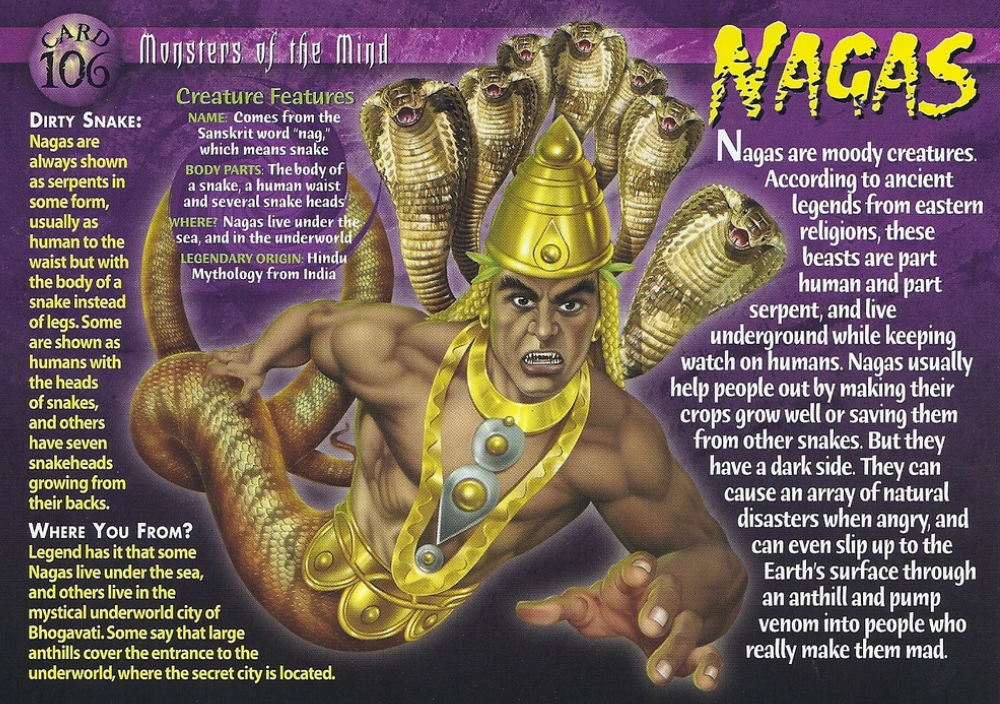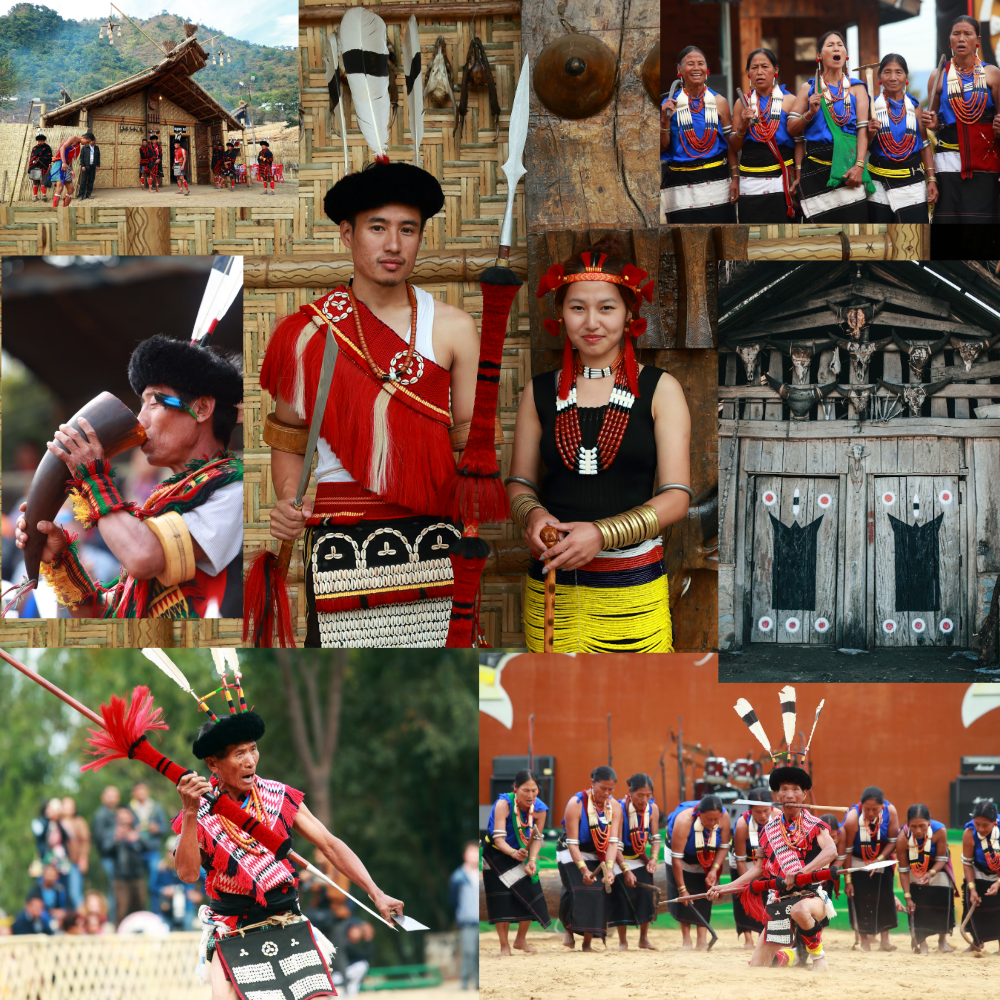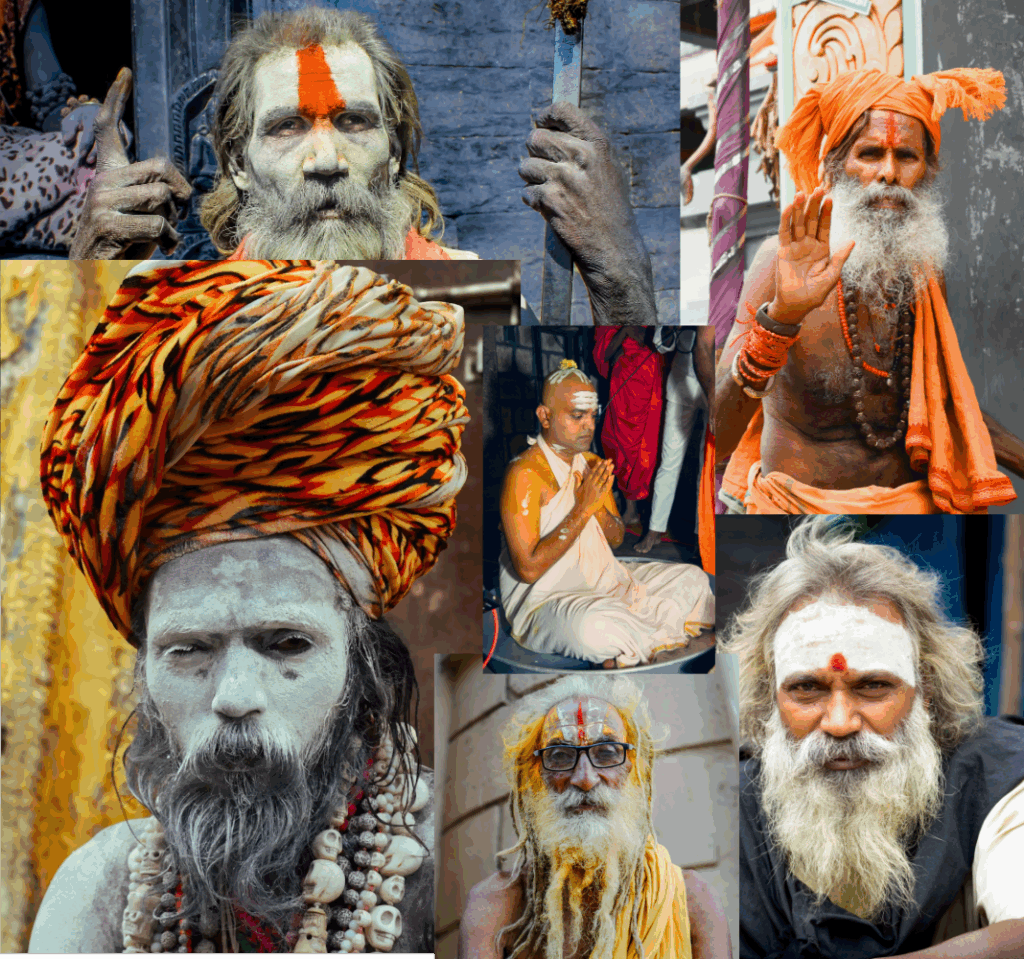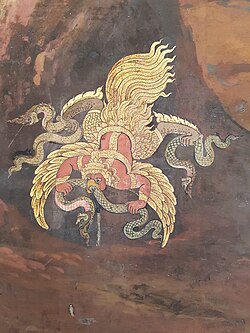
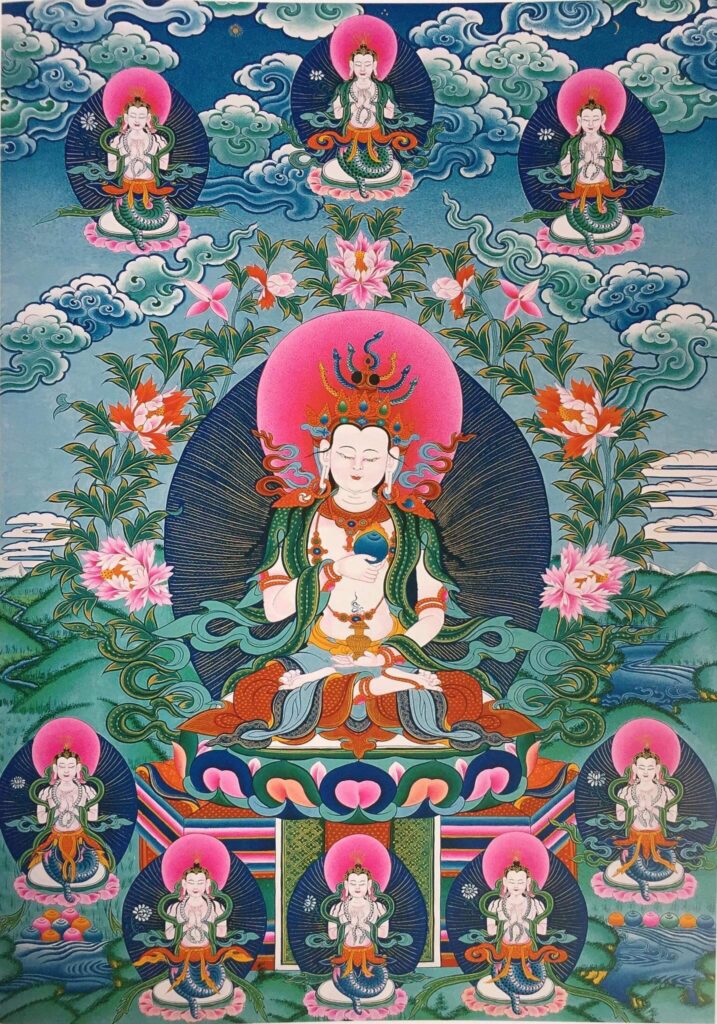
“Nagas” refer to divine or semi-divine, half-human, half-serpent beings found in Eastern mythologies, particularly Hinduism and Buddhism, who are guardians of treasure and reside in the netherworld called Patala. The term can also refer to a group of Tibeto-Burman peoples, a Tibeto-Burman language, or a Hindu mendicant of a specific sect.
Nagas in Mythology
- Appearance: They are depicted as human-snake hybrids, living beings with serpentine lower bodies, or as entire serpents, sometimes with human heads or a many-hooded cobra canopy over their heads.
- Role: They are powerful, often benevolent, protectors of hidden treasures and magical knowledge, living in an enchanted underworld.
- Cultural Significance: They hold significant cultural importance in many South Asian and Southeast Asian cultures and have been revered in rituals for thousands of years.
- Key Figures: Important figures include Shesha, the divine couch of Lord Vishnu, and Nagaraja Vasuki, who served as a rope in the churning of the Ocean of Milk.
Other Meanings of “Naga”
- Ethnic Group: “Naga” also refers to a group of Tibeto-Burman peoples living in the Naga hills of India and parts of Burma.
- Languages: It is also the name for a family of Tibeto-Burman languages spoken by these peoples.
- Hindu Mendicants: In India, a “Naga” can also be a member of various Hindu sects who are mendicants, or ascetics.
Cultural Connections
- India: Many cities in Kashmir, such as Anantnag and Verinag, have names with the “Naga” suffix, indicating the historical presence and influence of Naga culture.
- Southeast Asia: Dynasties in places like Manipur, India, and the ancient kingdom of Funan in Indochina claimed their origins from unions with nagas or their female counterparts, the naginis.
The Bnei Menashe and the lost tribes of Israel
The strongest claim to biblical descent in the broader region comes from the Bnei Menashe, a community on the India-Burma border with roots in Tibeto-Burmese ethnic groups.
- Lost tribe of Menasseh: The Bnei Menashe are a community of about 10,000 members from the Chin, Kuki, and Mizo ethnic groups, among others, who claim descent from one of the Lost Tribes of Israel. The movement originated from a tribal leader’s dream in 1951.
- Ancestral claims: The claim is reportedly based on local traditions about an ancestor named Manmasi or Manasia, interpreted as a connection to the biblical Manasseh, son of Joseph. Some members have embraced Judaism, with Israeli rabbis having visited the community.
- Not a Tibetan or Burmese claim: It is important to note that this is a specific claim from a community that lives on the borderlands, not a belief common to the Tibetan or Burmese populations as a whole.
